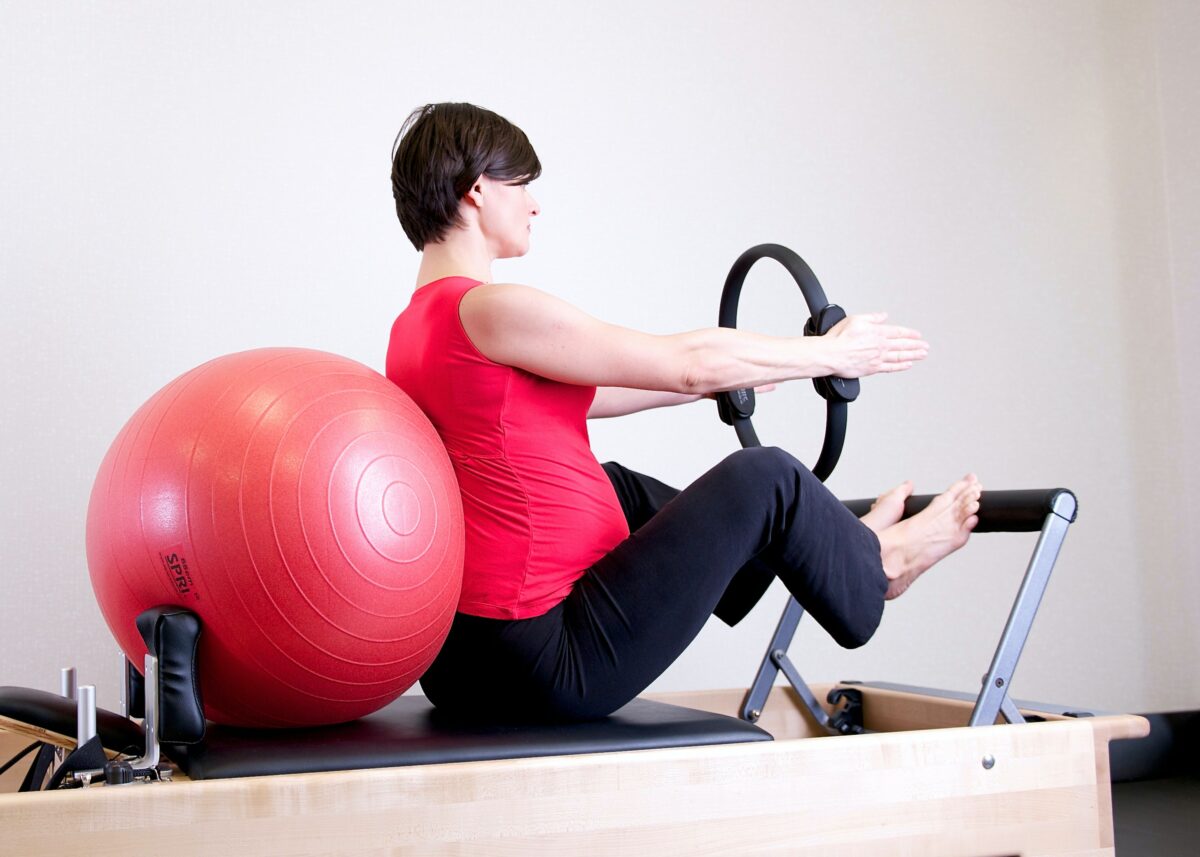Your return to fertility (when you might get pregnant again) after having a baby is unpredictable. It is even possible to get pregnant before your first period after having your baby.
For your health and the health of your baby, it is recommended to wait at least a year and a half before trying to get pregnant again. Leaving time between pregnancies allows your body and mind time to heal which can improve your health and your baby’s health.
It is also recommended that women wait 6 weeks postpartum before having sex. This recommendation, along with using contraception (also commonly called “birth control”), can help you heal and plan your family. There are a variety of contraceptive options. Ultimately, only you can decide which method is best for you and your family.
Many women are not ready for sex at 6 weeks postpartum- that is very normal! Here are some reasons why:
- Your body is still healing! Muscle takes 2-4 weeks, your skin and soft tissues can need 11-14 weeks, and in some cases, as long as 12 months to heal!
- Unusual sleeping patterns may make it hard to find time for your significant other.
- Psychological well-being: you simply may just not feel like it, and that is okay too!
- Breastfeeding can lead to vaginal dryness making sex less enjoyable (can ask your doctor about a topical medication for this).
If you are ready to have sex and don’t already have a postpartum contraception plan, now is a great time to learn about your options. That way you can be ready to talk to your health care provider at your postpartum follow-up visit.
Here are some things to think about:
- Do you prefer hormonal or non-hormonal options?
- Do you plan on breast feeding? Many options are safe in breast feeding, but it is important for you and your provider to discuss this.
- Can you make your choice part of your daily routine? For example, is it easy for you to remember to take a pill every day?
- Do you want something permanent, meaning, you never want to get pregnant again? Or do you want to get pregnant in the future?
- Do you want something long acting, but not permanent? For example, something that you don’t have to remember each day.
- Are you interested in a method you place in your vagina? Or a method where a provider places a device in your uterus or arm?
- Do you have any medical conditions, lifestyle, or factors that may limit your options, such as high blood pressure, obesity or smoking?
- Do you want the method that prevents pregnancy the best in studies?
- Do you mind if your periods change? Or if you have unscheduled bleeding during the month?
- Have you talked with your husband or partner about your contraceptive plans? Or their plans? Would they be interested in a vasectomy (a permanent option for men) or regularly using condoms?
Here are some great resources to learn more about your options:
- Bedsider- https://www.bedsider.org/methods
- The Centers for Disease Control & Prevention- https://www.cdc.gov/reproductivehealth/contraception/
- Planned Parenthood- https://www.plannedparenthood.org/learn/birth-control
- Other articles mentioned: Wound Healing Phases – StatPearls – NCBI Bookshelf (nih.gov), Muscle injuries and strategies for improving their repair – PubMed (nih.gov)
Authors: Nikki B. Zite MD MPH, Megan Lacy MPH, Laurel Carbone MD, Samantha F. Ehrlich PhD, Jill M. Maples PhD, & Jenny LaCross, PT, DPT, PhD(c), WCS, ATC, CLT-LANA
© WKU {2022} All rights reserved.









